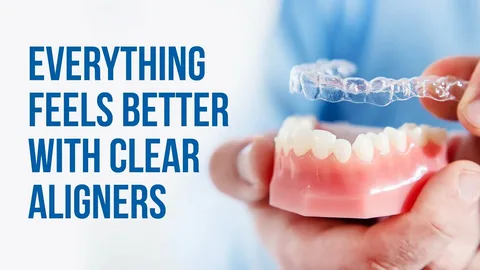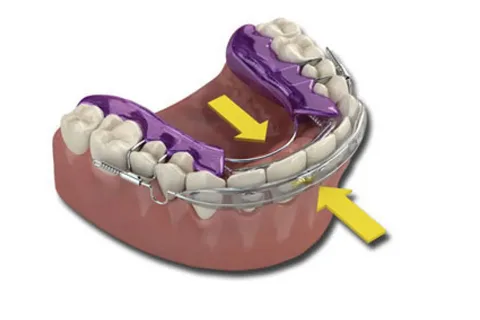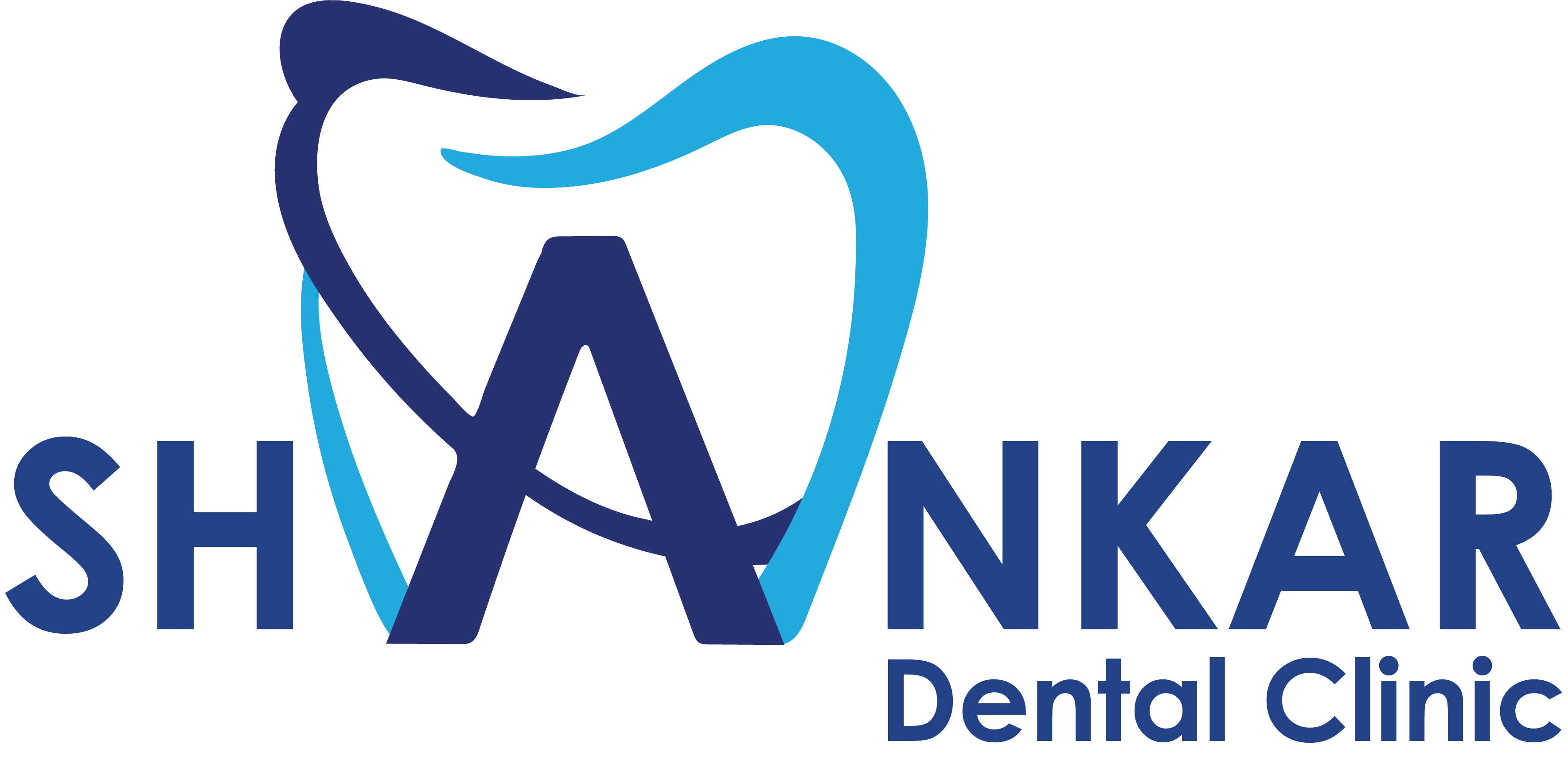Dental Aligners
Dental aligners are an innovative solution for straightening teeth and correcting orthodontic issues. They offer a discreet, comfortable, and effective alternative to traditional metal braces. Here, we provide an in-depth look at what dental aligners are, how they work, their benefits, and other essential details to help you understand if they’re the right choice for your smile.
How Do Dental Aligners Work?
The process of using dental aligners involves several key steps:
Consultation and Assessment:
Your orthodontist or dentist begins by evaluating your teeth using digital scans, X-rays, or physical impressions. This helps determine whether aligners are suitable for your case.
Customized Treatment Plan:
A 3D digital model of your teeth is created to map out the exact movements required to achieve proper alignment. This model predicts how your teeth will change over time and provides a visual representation of the final result.
Fabrication of Aligners:
A series of aligners is custom-made for you. Each aligner is slightly different and designed to move your teeth incrementally. Typically, you’ll receive a set of aligners to use for a few weeks before switching to the next set in the series.
Wearing the Aligners:
Aligners must be worn for 20-22 hours daily to be effective. They can be removed while eating, drinking (except water), brushing, and flossing.
Regular Check-ups:
Periodic visits to your orthodontist are necessary to monitor progress and ensure the treatment is on track. Adjustments to the plan can be made if needed.
Retention Phase:
After the alignment process is complete, you’ll need to wear retainers to maintain the new position of your teeth and prevent them from shifting back.
What Orthodontic Issues Can Aligners Address?
Dental aligners are effective for treating a variety of mild to moderate orthodontic issues, including:
Crowded teeth
Gaps between teeth
Overbite, underbite, and crossbite
Open bite
Minor tooth rotations
For severe cases, traditional braces or other orthodontic solutions may be required.
Benefits of Dental Aligners
Aesthetic Appeal:
Aligners are clear and virtually invisible, making them a discreet option for orthodontic treatment.
Comfort:
Made from smooth plastic, aligners eliminate the discomfort of wires and brackets that can irritate the gums and cheeks.
Removability:
Unlike braces, aligners can be removed for eating, drinking, and oral hygiene. This allows for easier brushing and flossing, reducing the risk of cavities and gum disease during treatment.
Customized Fit:
Each aligner is tailored to your teeth, ensuring a snug and comfortable fit.
Predictable Results:
Advanced digital planning provides a clear roadmap for treatment, giving you a preview of the expected outcome.
Fewer Office Visits:
With aligners, fewer in-office adjustments are needed compared to braces, saving time and hassle.
Limitations of Dental Aligners
While aligners offer numerous advantages, they may not be suitable for everyone. Here are some considerations:
Compliance Required:
Aligners must be worn consistently for 20-22 hours daily to achieve desired results. Non-compliance can delay progress.
Not for Severe Cases:
Complex orthodontic issues, such as severe bite problems or significant tooth movements, may require traditional braces or other treatments.
Cost:
Aligners can be more expensive than traditional braces, depending on the brand and treatment duration.
Key features about the Aligners

Clear and Discreet Appearance

Removability

Customized and Predictable Treatment
Frequently asked questions
Here are descriptions for FAQs about Aligners to provide a clear understanding:
Dental aligners are generally more comfortable than traditional braces. However, you may experience mild discomfort or pressure when switching to a new aligner, which is a sign that the aligners are working.
Treatment duration varies based on individual needs, but it typically ranges from 6 to 24 months. Your orthodontist will provide a timeline based on your specific case.
It is recommended to remove aligners while eating or drinking anything other than water to avoid staining or damaging them.
Aligners should be cleaned at least once daily using a soft toothbrush and mild soap or aligner cleaner. Proper cleaning helps maintain their clarity and hygiene.
You may experience a slight lisp or adjustment period when you first start wearing aligners, but this typically resolves within a few days as you get used to them.

